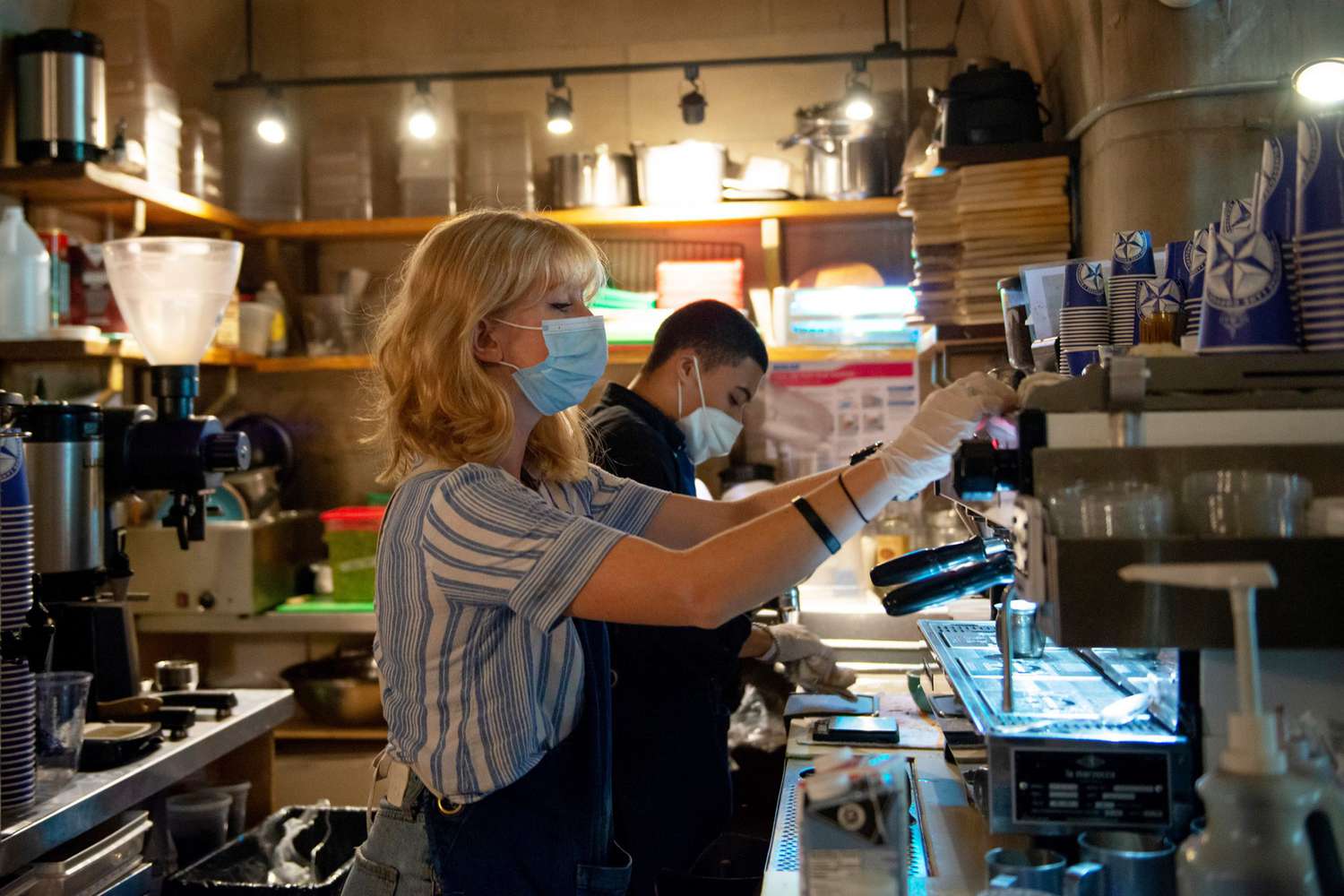

New cases are decreasing in all other states, including Florida, which experienced a dramatic surge in cases over the summer, and overtook New York to become the state with the second-highest number of cases.
Although each state has taken a different approach to limiting the spread of COVID-19, all states experiencing a decrease in cases have some form of mask mandate in place and have largely put a hold on or reversed reopening policies, according to The New York Times.
A number of states where coronavirus cases have recently declined the most experienced a dramatic rise in infections over the early summer months — and then took steps to flatten the curve.
For instance, after cases began to surge in June, governors in Texas and Florida both made the decision to close down bars and restaurants again, after previously reopening them. A mask mandate went into effect for the majority of Texas in July, and a number of counties in Florida also implemented similar rules.
Susan Hassig, an epidemiologist at Tulane University, has also pointed towards the July 13 closure of bars and restaurants as a turning point for Louisiana. “That’s when we started seeing cases plateau,” Hassig said.
In South Carolina, health officials have also pointed toward data proving that masks are one of the most effective tools in halting the spread of the novel coronavirus.
South Carolina’s Department of Health and Environmental Control officials have found that areas where mask mandates are in place have “seen an overall decrease of 15.1 percent of total cases,” while cases in areas without a mask mandate rose by up to 30.4 percent.
Health officials in Kansas have reported similar findings, sharing that while new cases had dropped in counties with a mask mandate in place, there had been no decrease in areas without one.
“All improvements in case development comes from those counties wearing masks” Dr. Lee Norman said at a press conference earlier this month, according to the Associated Press.
Although the decrease in new cases is good news, experts have warned that as states begin to move forward in reopening plans, the numbers will increase.
“We basically have 50 laboratory experiments going on right now, and every state has a slightly different policy approach,” Dr. Joe Gerald, an associate professor at the University of Arizona, told the Times. “If we get complacent, this thing could get out of control again. And we’ll have even less safety margin to manage it because we’re starting from a higher place.”
As of Monday morning, there have over 5.7 million confirmed coronavirus cases in the United states and at least 176,802 deaths, according to data from The New York Times.
As information about the coronavirus pandemic rapidly changes, PEOPLE is committed to providing the most recent data in our coverage. Some of the information in this story may have changed after publication. For the latest on COVID-19, readers are encouraged to use online resources from CDC, WHO, and local public health departments. PEOPLE has partnered with GoFundMe to raise money for the COVID-19 Relief Fund, a GoFundMe.org fundraiser to support everything from frontline responders to families in need, as well as organizations helping communities. For more information or to donate, click here.
Source: Read Full Article
